В 1971 г. компания «Villeroy & Boch», корни которой уходят во времена Священной Римской империи, сразила всех наповал совершенно неожиданным изделием, керамическим шаром, «в котором есть все». Выпущенная в рамках коллекции «Avant-garde», эта сфера была создана Хелен фон Бох, владелицей компании в восьмом поколении, в соавторстве с итальянским керамистом Федериго Фаббрини, сотрудничавшим с упомянутым производителем в 1969-1973 гг.
Секрет шара заключался в том, что он представлял собой фигуру вращения, образованную из сервировочного блюда, и распадался на девятнадцать столовых предметов, изготовленных из каменной массы и тщательно подогнанных друг к другу для экономии места при хранении. Почти полвека спустя производитель переиздал этот сервиз на четырех персон в четырех модификациях, которые выпускаются до сих пор.
———
In 1971, Villeroy & Boch presented a product, which was a whole new ballgame for a manufacturer of ceramics whose origins date back to the times of the Holy Roman Empire. A stoneware "sphere that has it all", this piece was part of the Avant-garde collection designed by Helen von Boch, an eighth-generation owner of the factory, together with Federigo Fabbrini, an Italian ceramicist who worked for Villeroy & Boch in 1969-1973.
The sphere was essentially a "solid of revolution" that originated from rotating a serving plate around its axis and comprised nineteen pieces of ceramic tableware produced in a meticulous operation so that they snugly fit with one another for ease of storage. Almost half a century later, this set of tableware was re-issued in four different versions that are commercially available to this day.
Секрет шара заключался в том, что он представлял собой фигуру вращения, образованную из сервировочного блюда, и распадался на девятнадцать столовых предметов, изготовленных из каменной массы и тщательно подогнанных друг к другу для экономии места при хранении. Почти полвека спустя производитель переиздал этот сервиз на четырех персон в четырех модификациях, которые выпускаются до сих пор.
———
In 1971, Villeroy & Boch presented a product, which was a whole new ballgame for a manufacturer of ceramics whose origins date back to the times of the Holy Roman Empire. A stoneware "sphere that has it all", this piece was part of the Avant-garde collection designed by Helen von Boch, an eighth-generation owner of the factory, together with Federigo Fabbrini, an Italian ceramicist who worked for Villeroy & Boch in 1969-1973.
The sphere was essentially a "solid of revolution" that originated from rotating a serving plate around its axis and comprised nineteen pieces of ceramic tableware produced in a meticulous operation so that they snugly fit with one another for ease of storage. Almost half a century later, this set of tableware was re-issued in four different versions that are commercially available to this day.
🔥75❤31👍18
group-telegram.com/midcenturymodern/13050
Create:
Last Update:
Last Update:
В 1971 г. компания «Villeroy & Boch», корни которой уходят во времена Священной Римской империи, сразила всех наповал совершенно неожиданным изделием, керамическим шаром, «в котором есть все». Выпущенная в рамках коллекции «Avant-garde», эта сфера была создана Хелен фон Бох, владелицей компании в восьмом поколении, в соавторстве с итальянским керамистом Федериго Фаббрини, сотрудничавшим с упомянутым производителем в 1969-1973 гг.
Секрет шара заключался в том, что он представлял собой фигуру вращения, образованную из сервировочного блюда, и распадался на девятнадцать столовых предметов, изготовленных из каменной массы и тщательно подогнанных друг к другу для экономии места при хранении. Почти полвека спустя производитель переиздал этот сервиз на четырех персон в четырех модификациях, которые выпускаются до сих пор.
———
In 1971, Villeroy & Boch presented a product, which was a whole new ballgame for a manufacturer of ceramics whose origins date back to the times of the Holy Roman Empire. A stoneware "sphere that has it all", this piece was part of the Avant-garde collection designed by Helen von Boch, an eighth-generation owner of the factory, together with Federigo Fabbrini, an Italian ceramicist who worked for Villeroy & Boch in 1969-1973.
The sphere was essentially a "solid of revolution" that originated from rotating a serving plate around its axis and comprised nineteen pieces of ceramic tableware produced in a meticulous operation so that they snugly fit with one another for ease of storage. Almost half a century later, this set of tableware was re-issued in four different versions that are commercially available to this day.
Секрет шара заключался в том, что он представлял собой фигуру вращения, образованную из сервировочного блюда, и распадался на девятнадцать столовых предметов, изготовленных из каменной массы и тщательно подогнанных друг к другу для экономии места при хранении. Почти полвека спустя производитель переиздал этот сервиз на четырех персон в четырех модификациях, которые выпускаются до сих пор.
———
In 1971, Villeroy & Boch presented a product, which was a whole new ballgame for a manufacturer of ceramics whose origins date back to the times of the Holy Roman Empire. A stoneware "sphere that has it all", this piece was part of the Avant-garde collection designed by Helen von Boch, an eighth-generation owner of the factory, together with Federigo Fabbrini, an Italian ceramicist who worked for Villeroy & Boch in 1969-1973.
The sphere was essentially a "solid of revolution" that originated from rotating a serving plate around its axis and comprised nineteen pieces of ceramic tableware produced in a meticulous operation so that they snugly fit with one another for ease of storage. Almost half a century later, this set of tableware was re-issued in four different versions that are commercially available to this day.
BY Mid-Century, More Than
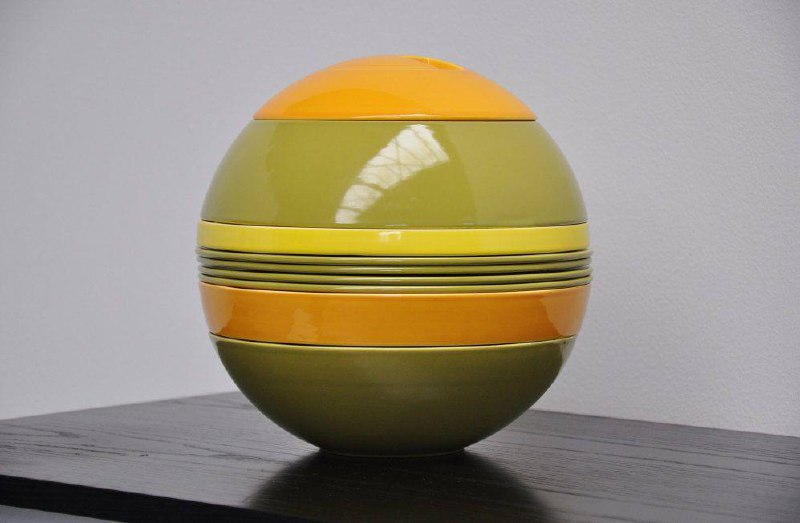
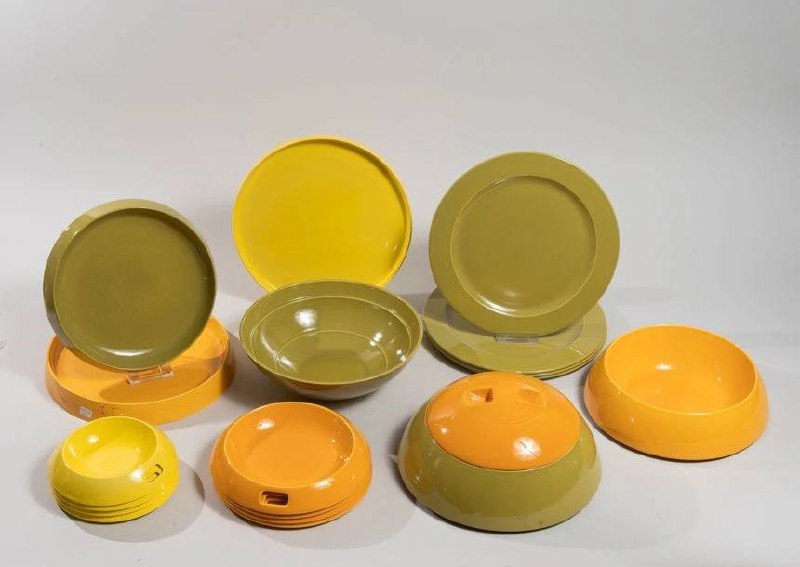
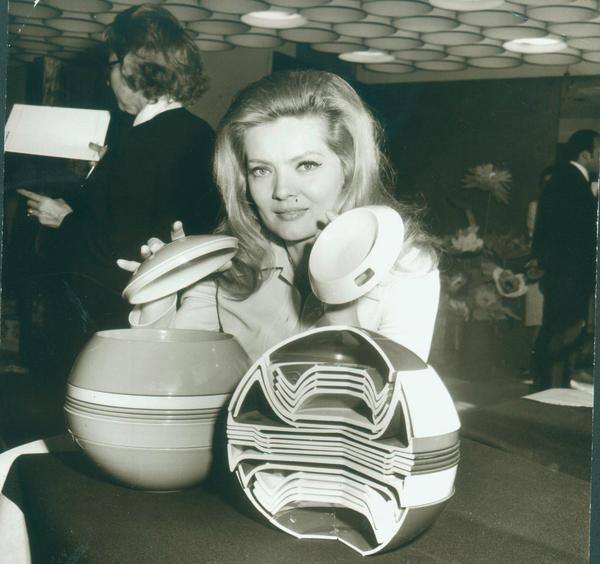

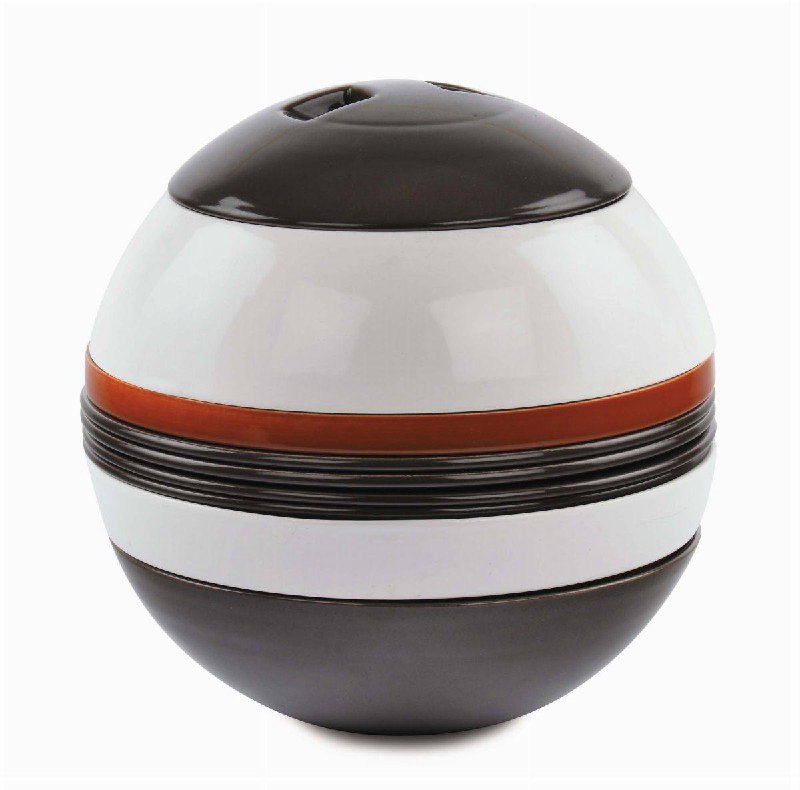
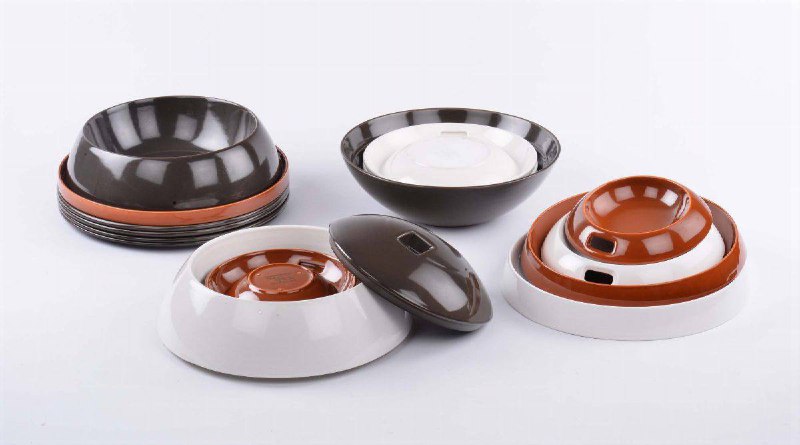
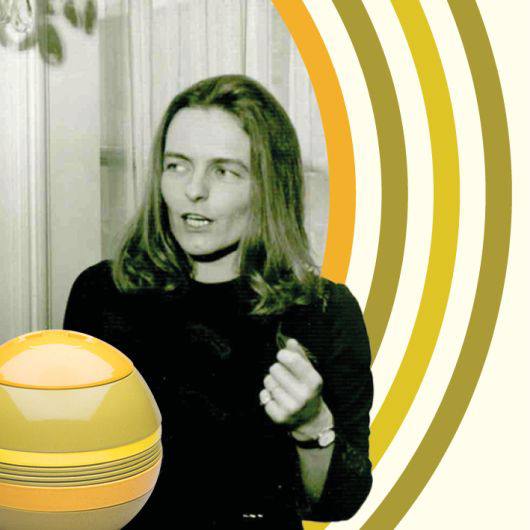
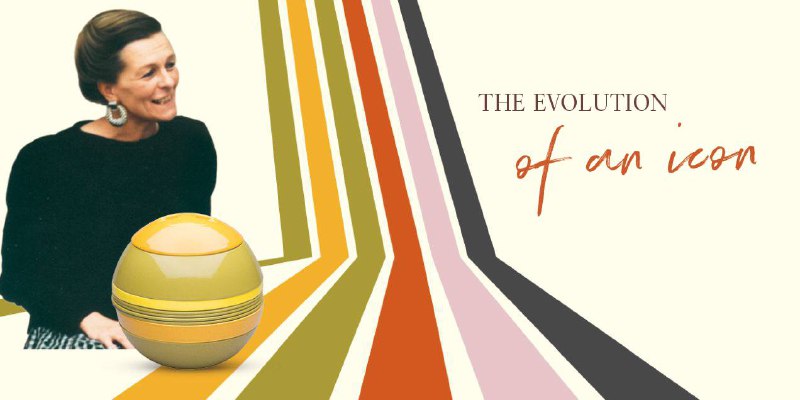
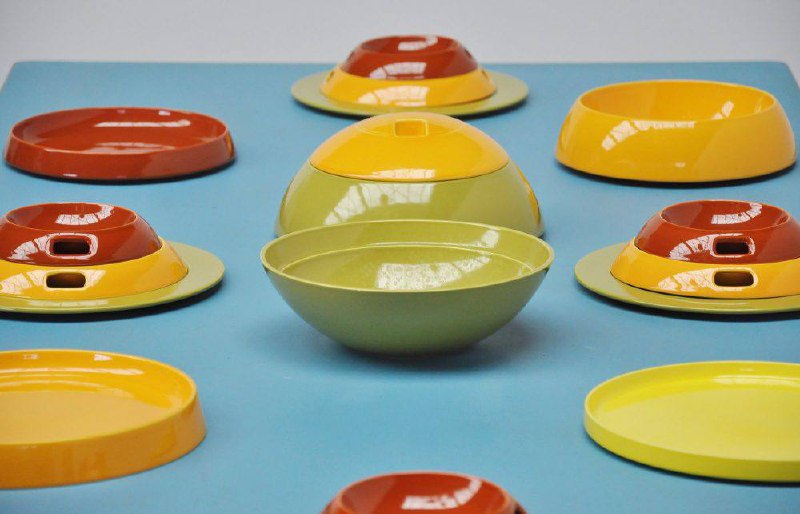
Share with your friend now:
group-telegram.com/midcenturymodern/13050
